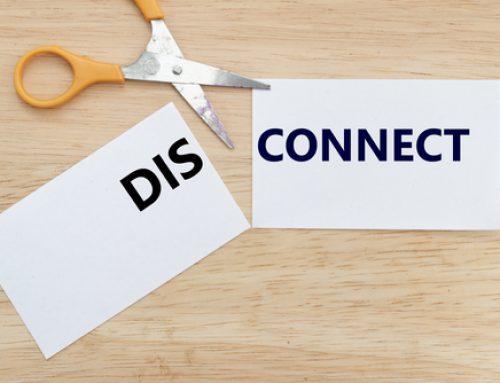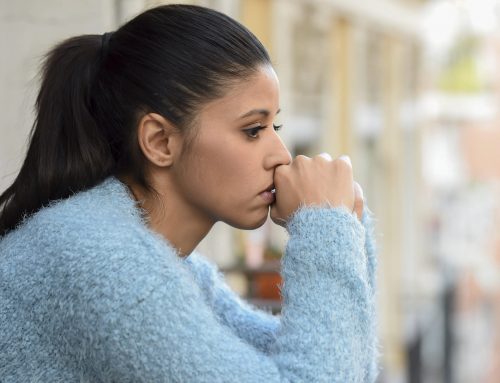The BEGS
Have you ever felt like you were begging for validation? A need to be seen, heard and understood. If yes, then you’ve had the BEGS. This acronym stands for Blame, Embarrassment, Guilt, and Shame.
When we’re in these emotions, we’re often begging for acknowledgement, validation and healing. The need underlying these emotions is a need is to be seen. I’ll discuss how these four emotions show up in our lives and how they impact us and our relationships.
I will share the impact of the BEGS prior to motherhood, during childrearing, and once children are raised. First, I want to make sure we’re working with the same definition for each one of these emotions.
I will also give some examples of statements made by previous clients of mine as it relates to each one of these emotions to illustrate what I’m presenting here.
The BEGS Defined with Examples
Let’s start with blame, the simple definition is to find fault with. A statement from a client from blame is, “I blame myself for the way my children have turned out.” Blame is fault-finding. In this case the client, finds fault in the way her children turned out and she’s taking on the blame.
The definition for embarrassment is, it is to cause to experience a state of self-conscious distress. The client statement is, “I’m embarrassed by what happened to me as a child.” The client is self-conscious about what happened to her as a child. Embarrassment keeps us silent. It may prolong seeking healing for years. This client is an adult with children, yet she is still experiencing the embarrassment of what happened to her as a child.
For guilt there’s two definitions. The first definition for guilt, and this is what we would consider justified guilt, is the state of one who has committed an offense especially consciously. Here’s a statement from a mother, “I am guilty for not being there for my children when I was using drugs.” She feels that she consciously made a choice that took her away from her children during the time that she was raising them. So that’s why we would call this justified guilt.
Unjustified guilt is defined as feelings of deserving blame especially for imagine offenses. This encompasses offenses that really are not our fault, but we feel that the offense is, and the statement from a client, “I feel guilty for what my mother’s boyfriend did to me.”
This client feels that she caused the offense, is responsible and feels guilty. But do you see why we would consider this unjustified guilt? She’s feeling guilty for the offense of another, not something she did.
Lastly, shame is a strong feeling that you are bad. The client statement here is, “Because of my past I will never be worth anything.”
The BEGS Trajectory
Now that we are clear about the definitions for each emotion of the BEGS, let’s discuss what happens before motherhood, during childrearing, and once children become adults. The period before motherhood is the point at which we become burdened by some type of wounding. Motherhood is a time the wound may become triggered by our own children, but it is also an opportunity to work through the wounding and become healed. The point when our children are adults is another time to seek healing or enjoy the healing we have already achieved.
Most wounding happens in childhood as you saw from the examples of statements from clients. As a child, we have the mind of a child and we don’t understand some of the things that are going on in our families, between our parents, and things that happened to us. We attempt to make sense of our world.
However, we’re making sense with a child’s mind. Most often we find fault in ourselves for what’s happening in our lives and to us. This is when the burden occurs. We blamed ourselves and found fault in our behavior. The burden develops and takes on a life of its own.
It continues to grow. It shows up in other aspects of our life. It shows up in our interactions with other people. The burden changes us fundamentally as a person. We may have been on one path behaving one way, having particular healthy emotions, and then the burdening happens and we’re on another path with totally different emotions. In addition to the burden, we carry the BEGS, blame, embarrassment, guilt, and/or shame.
The other thing that happens is we work really hard not to feel the pain of the original wounding and thereby burden. We promise to ourselves that it will never happen to us again.
Here’s a question regarding that original wounding. What did your wounding trigger? Did it trigger blame, embarrassment, guilt, and/or shame? And it doesn’t have to only be one of these. It could be all four or a combination of two or three of them. What did you use to cover up your wounding, blame, embarrassment, guilt, and/or shame?
We continue to grow and mature from childhood into adulthood, and at some point become mothers. In talking to different moms in my practice, I discovered that the children we ended up with was not an accident as it relates to our wounding. We were gifted with the particular children that we have because of things that needed to be worked out.
Think about each one of your children and the fact that you did not become their mother by accident, that there were things that got to get worked out in your relationship that probably only could have happened with the children that you were gifted. And so when I say that we got the children that we really needed to get, also think about how your children triggered your wounding.
Really think about that. As you were raising your kids, you came into the raising of your children with wounds. We all have them. So you came into motherhood with wounds and the particular children that you have trigger your wounds. How? Consider how your children trigger your wounds?
The BEGS, My Story
My child absolutely triggered my wounds. Let me tell you a little bit of my story. I was most triggered by rejection. When I felt rejected, my wound was triggered and my wounds said, “I’m not good enough. Something’s wrong with me.” I had a shame wound, right? Based on our definition, that would be a shame wound.
I adopted a child who did everything to push me away, even as a young child. Because of her wounding, it wasn’t safe for her to trust a relationship with me. She was four at the time of her adoption and had already experienced wounding in her family of origin and also in the foster care system. When she pushed me away, my rejection wounding was triggered.
I was triggered by rejection, which activated the wounding of I’m not good enough; something’s wrong with me. Rejection and shame were triggered in those interactions. I responded to the triggering with anger, withdrawal or total shutdown.
Considering the children you have, the relationship that you have with them, how was your wounding triggered? What did they do or say or not do? How did they interact with you that triggered your wounding? How did you then react to that triggering? That’s where the healing is, the healing the wound. Knowing how we get triggered and being able to heal so that when these behaviors happen, the wound is not triggered because the wound is healed.
So the question from this time in our lives is how did your burden impact your mothering and other relationships? In my case, the burden was that shame getting triggered by being rejected, resulting in complete withdrawal or anger.
What happens when our children reach adulthood? For this stage, I basically have questions.
This is a time to explore our healing. How much healing have you done since the wounding happened? How much healing, how much work have you done towards healing that part of you that was hurt and wounded? Are you 20% done? 50% done? Are you completely healed? Where are you in this process?
Wounding impacts our relationships. The following questions have to do with relationships. Have your relationships improved? Have they worsened or have they basically remained the same since the wounding? And I think the measure of our relationships is another way that we can measure how well our healing is going. What do your relationships look like? And what are you willing to do to improve the quality of your life and your relationships? How committed are you to doing those things? And are you satisfied with the status of your relationships and what would need to change to increase the level of satisfaction?
Because even if we are satisfied, there’s still things we can do to make relationships better. But here’s the thing. Until we heal the parts of ourselves that carry the burdens of our wounds, we will continue to be triggered and behave from that triggering. I think that that’s important enough to warrant saying it again. Until we heal the parts of us that are carrying the burdens of our wounds, we will continue to be triggered and behave from that triggering.
Lastly, what I’d like to ask is what is your commitment to yourself, your relationship and your own healing from the BEGS?





